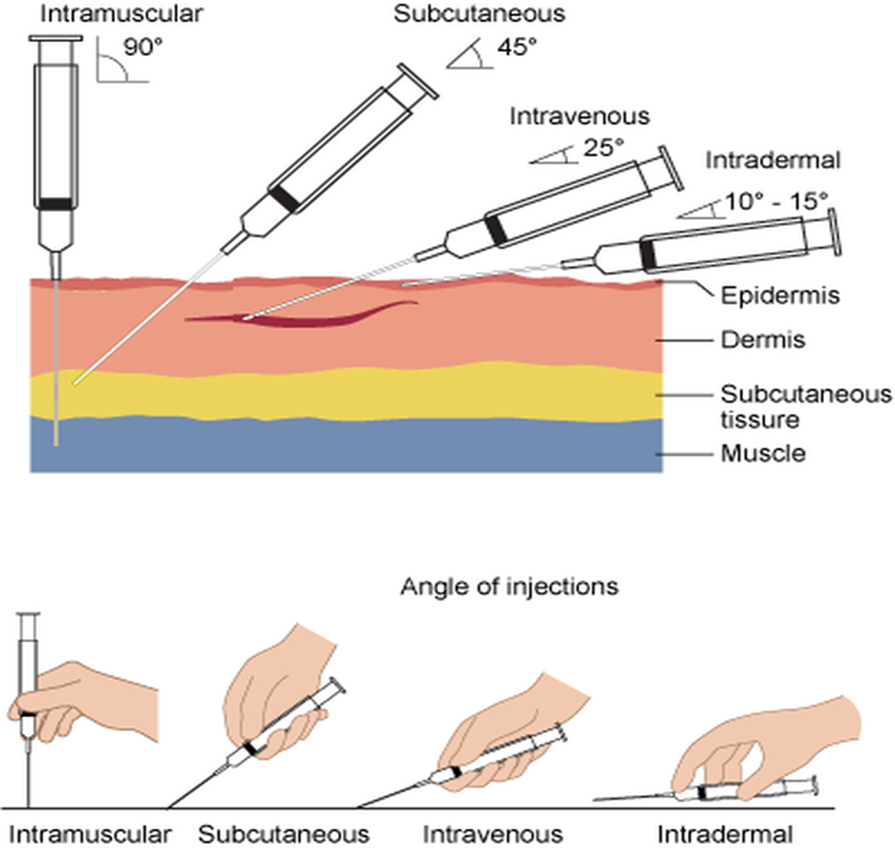How can a phlebotomist distinguish whether a collection tube contains serum or plasma?
SST in the collection tube indicates plasma.
Sodium fluoride in the collection tube indicates serum.
Sodium citrate in the collection tube indicates serum.
EDTA in the collection tube indicates plasma.
None
The Correct Answer is A
Choice A Reason:
SST, or Serum Separator Tube, contains a gel at the bottom to separate the blood from the serum upon centrifugation. It does not indicate plasma; rather, it is used to collect serum after the blood has clotted. The SST allows for the blood to clot and the serum to be separated for various tests that require serum instead of plasma.
Choice B Reason:
Sodium fluoride is a common additive in collection tubes that serves as a glycolysis inhibitor. It preserves glucose levels and is not specifically indicative of serum. However, it is often used in grey-top tubes, which are typically used for glucose testing and may contain plasma, not serum.
Choice C Reason:
Sodium citrate is an anticoagulant that binds calcium in the blood, preventing clotting. Tubes with sodium citrate are used to collect plasma for coagulation studies, not serum. Therefore, this statement is incorrect as sodium citrate indicates plasma, not serum.
Choice D Reason:
EDTA, or Ethylenediaminetetraacetic acid, is an anticoagulant that binds calcium ions, preventing blood from clotting. Tubes with EDTA are used for collecting plasma because they prevent clotting and allow for the separation of plasma from the blood cells upon centrifugation. This is the correct choice as EDTA indicates plasma.
Nursing Test Bank
Naxlex Comprehensive Predictor Exams
Related Questions
Correct Answer is C
Explanation
Choice A reason:
Having the bevel down at a 30° angle is not the correct needle position for venipuncture. The bevel of the needle should be facing up to allow for a smoother insertion and to minimize the risk of damaging the vein or causing discomfort to the patient.
Choice B reason:
Positioning the bevel up at a 45° angle is not recommended for venipuncture as this angle is too steep and could lead to the needle penetrating through the vein, potentially causing a hematoma or other complications.
Choice C reason:
The bevel up at a 30° angle is the correct position for venipuncture. This position allows the phlebotomist to insert the needle with the bevel facing upwards, which is the sharpest part of the needle, ensuring a clean entry into the vein. The 30° angle is shallow enough to enter the vein without going through it and causing injury.
Choice D reason:
A bevel down at a 45° angle is incorrect for the same reasons as choice B. Additionally, with the bevel down, the non-beveled side, which is duller, would make the initial contact with the skin, potentially causing more pain and making it more difficult to penetrate the vein.

Correct Answer is C
Explanation
Choice A Reason:
A multipart requisition involves multiple copies of a paper form, which can be prone to errors due to manual entry, misplacement, or illegible handwriting. While it provides physical copies for various departments, it is not the most accurate method compared to digital solutions.
Choice B Reason:
A manual requisition is similar to a multipart requisition but typically consists of a single form. It carries the same risks of human error and does not offer the benefits of automated tracking and data entry that come with electronic systems.
Choice C Reason:
An automated requisition is considered the most accurate method for receiving orders for specimen collection. It reduces the risk of human error associated with manual data entry and allows for better tracking and integration with laboratory information systems. Automated systems can also provide immediate feedback if there is an issue with the order, such as a missing patient identifier or a test code.
Choice D Reason:
A verbal requisition is the least reliable method as it depends on the memory and communication skills of the individuals involved. It lacks the documentation and verification steps present in written or automated methods, making it susceptible to misunderstandings and errors.
Whether you are a student looking to ace your exams or a practicing nurse seeking to enhance your expertise , our nursing education contents will empower you with the confidence and competence to make a difference in the lives of patients and become a respected leader in the healthcare field.
Visit Naxlex, invest in your future and unlock endless possibilities with our unparalleled nursing education contents today
Report Wrong Answer on the Current Question
Do you disagree with the answer? If yes, what is your expected answer? Explain.
Kindly be descriptive with the issue you are facing.
